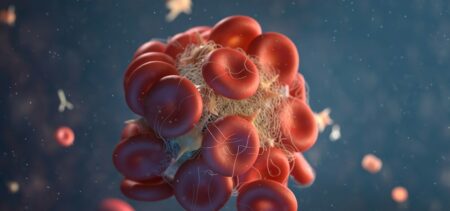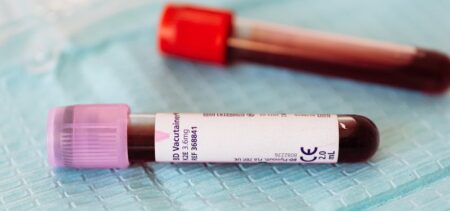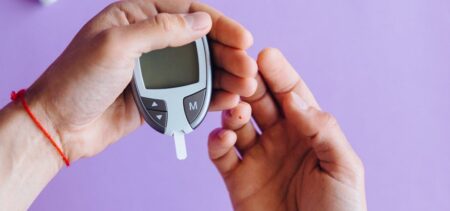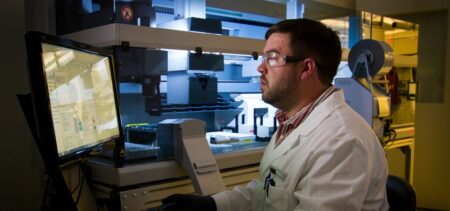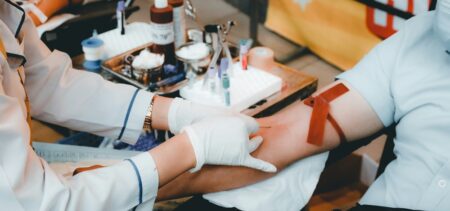Microspheres, tiny spheres as small as a red blood cell, have shown promise as agents for targeted drug delivery to tissues, as contrast agents for medical imaging, and in industrial applications. One prime contender as a material for microspheres is silicone, the rubbery plastic found in everything from bathtub caulk to kitchenware to medical implants, but a method of making silicone into microspheres has eluded scientists.
Silicone owes its versatility to its unique combination of properties: It is biocompatible, heat resistant, chemically stable, waterproof and environmentally benign. Yet some of those same qualities have frustrated researchers attempting to make silicone microspheres. The traditional microsphere-making method of suspending tiny droplets of material in another liquid does not work with silicone.
“For silicone, creating a stable emulsion of small droplets is very difficult,” Suslick said. “Even if a stable emulsion is achieved, you run into even bigger problems when it is heated, which is necessary to polymerize into solid spheres. Upon heating, small droplets of silicone starting material will coalesce with other droplets and produce only bigger spheres.”









